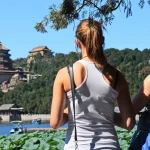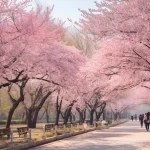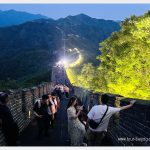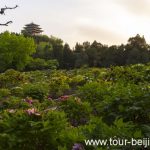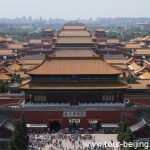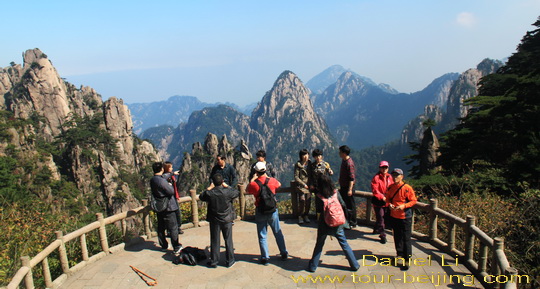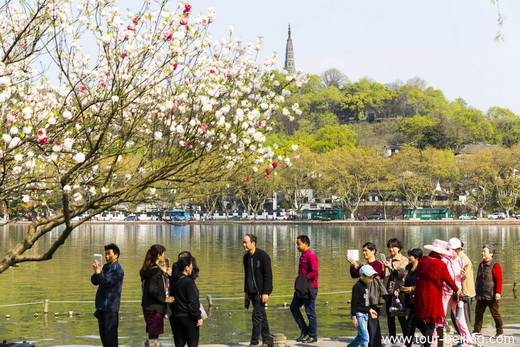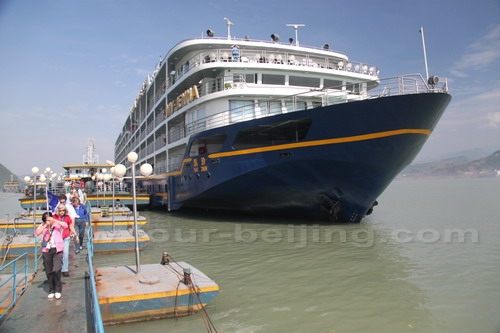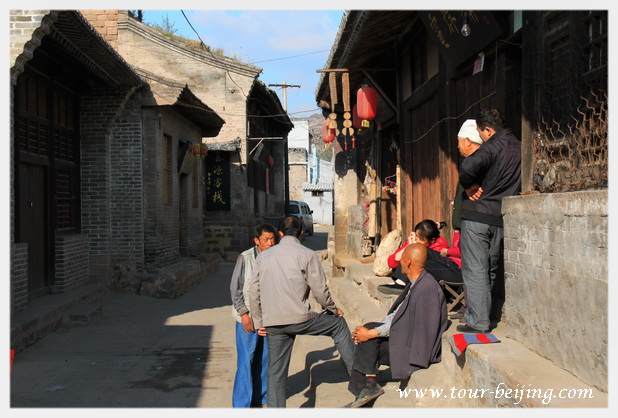
10 Fascinating Facts about China
Welcome to a journey through the captivating realm of China! This guide, inspired by the insightful resources from Tour Beijing, is a window into the fascinating facets of this ancient land. China, a blend of rapid modern growth and rich historical depth, offers more than just towering skyscrapers and bustling cities. It’s a treasure trove…
